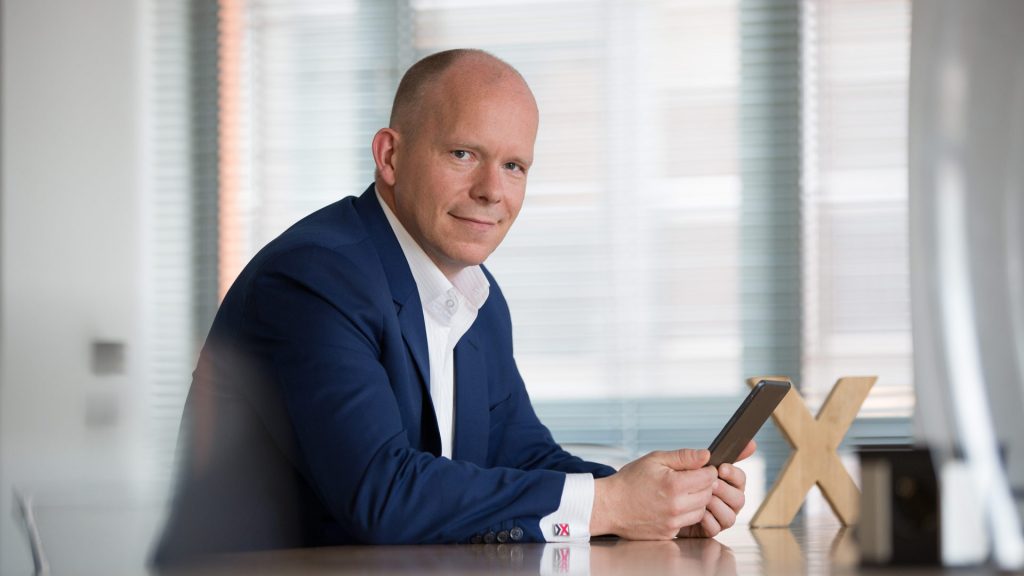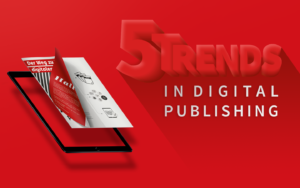With unfailing regularity, studies confirm what all of us can actually already see from our own behaviour: media users are spending more and more time consuming media of all kinds. Every day, in fact, we consume more than ten hours of media content, according to the Media Activity Guide of advertising agency SevenOne Media GmbH (link). That refers to private usage, mind you – it doesn’t even include our daily work at the computer with the internet and smartphone.
Ten hours – that’s only possible, of course, if we consume multiple types of media simultaneously. For example, we might sit in front of the television and browse the internet for additional information on a tablet while a chat is taking place on the smartphone. That’s completely normal and doesn’t yet pose a problem. For the content creators, however, that is precisely the challenge: a vast amount of content is searching for an audience on an incredibly large number of fast-paced channels. And quite often, it is failing to find one.
Brain-friendly, situation-dependent and snackable
Content creators have been pursuing digital approaches for quite some time already. They’ve been testing the waters and venturing into new channels – and all too often, they’ve been trying to carry their analogue business model of subscriptions and proven formats over into the digital world. I am firmly convinced that this won’t be adequate.
The reason is that although the audience that is reached with those new channels consumes the content digitally, it does not behave in an analogue fashion when doing so. While the user is always-on and always accessible, he is searching for interesting content through a search engine and not in a subject-specific medium; sometimes he prefers to listen rather than read; he enjoys entertaining videos, and at the same time, he is preparing to watch his favourite streaming series without interruption. It’s a difficult puzzle – when does he want something, and how do you reach him?
High intent micro-moment
I believe that we media pros should change our perspective once again – instead of taking the point of view of the purely digitized business model, we should adopt the viewpoint of the digital user. The reason is that the content that this user consumes and the media through which he consumes it depend to a great extent on the stage of life and situation he finds himself in at the moment. That has concrete effects on the provision of content: we need a greater variety of formats, and more flexible formats, that turn the content into an easily consumed and at the same time high-quality snack.
The concept of the “high intent micro-moment,” propagated above all by the Danish media analyst Thomas Baekdal, attempts to delineate this approach. Content is consumed and perceived as worth paying for when it is wanted by the user, is present in an appropriate format and has the necessary quality with respect to its subject matter. What streaming services are now achieving with lavishly produced series – strong user loyalty and a fan base that pays money for the content – should be taken on board by content creators and adapted to their own types of content. Naturally, publishers won’t be interested in producing hours’ worth of film sequences. But they will be interested in the concept of high-quality content designed with the user’s needs in mind.
I’d like to add a few words regarding a peripheral phenomenon that can be seen in the context of media digitization: the publication of online advertisements at all costs is counterproductive. Since online subscription models are rarely sufficient to cover costs, but money must still be earned, some publishers are inclined to stick advertisements over their content. But users who constantly have to click away ads or who fall for clickbait by accident will tend to be less willing to pay for content. Respect for the user’s time seems to me to be a valuable customer loyalty tool in this connection too.
More on this topic at the Media Convention in Berlin
From 2–4 May, 2018, the re:publica gathering will take place in Berlin alongside the Media Convention. The Media Convention is the largest of its kind in Europe dedicated to digitization and society and aims to serve as a festival for digital culture. I will speak at the convention and give a detailed presentation of the topic outlined here.
Presentation: “Von Digital Moments und dem Respekt vor der Zeit der Mediennutzer”
When: 3 May, 11:15 AM
Where: Media Cube

